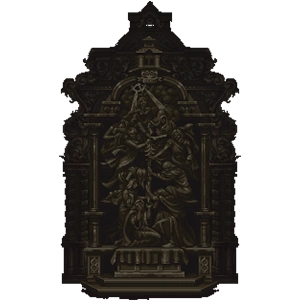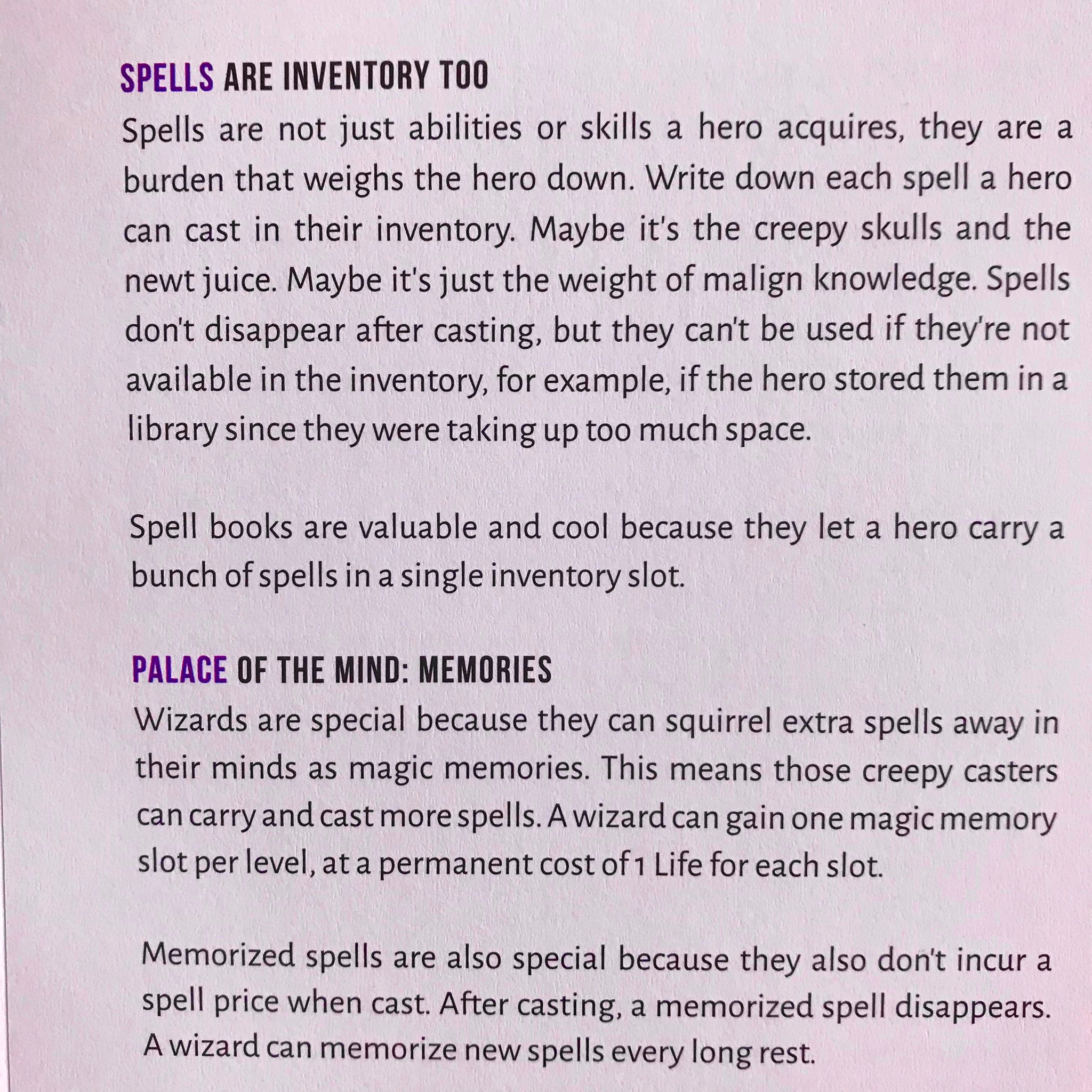The above picture is of the character sheet I created for my BX Castle Xyntillan game. The images are from Nate Treme's awesome Highland Paranormal Society Patreon.
Because the players for my Castle Xyntillan game have come from 5e, I really wanted to make sure I had a character sheet that would, in part, convey the focus of BX (and old-school) play in my eyes and have all the numbers they would need to assess risk or perform actions.
LEFT: Character Description
Pretty standard. The usual lines for name, level, class, race, etc were left as one big blank box because I agree with the idea of leaving as much white space as I can for doodling. Likewise instead of trying to somehow anticipate all the background information that too is a big white box.
Background: Now the one thing I did change was adding a 2-in-6 roll for "use of background". The Advanced Genre Rules of OSE provides a table of possible character backgrounds similar to those found in the 1e DMG. Players seem to like to have descriptors of their lives before adventuring, so the die roll helps define what they can do with it. Not high because if they were successful, then they wouldn't be adventures.
So between class, background (2-in-6), WIS, and INT, a player has a good assessment of what a character knows and to what extent they know it.
RIGHT: Equipment & Burden
Slot-based equipment tracking is my preferred method. And at the top of the sheet, I've tried to include broad categories of how many slots weapons, armor, treasure, and equipment take up. I think equipment, its standard, and imaginative use, are core to the old-school experience. Equipment defines us in the modern-day and I am very sure even more so in "ye olden days". As mentioned, equipment assists in imaginative play because it gives a player additional tools to resolve encounters.
A big problem handing out a party Bag of Holding, a common practice of 5e, is that individual players lose track of the variety and number of tools they have. The only things left in front of them on their character sheet are weapons, magic, and character abilities. With 5e, these are often all 80% combat-focused. So combat is 90% the answer. But if you realize you have a 50' rope, marbles, a bell, and rations? Well, an alarm, distraction, or ladder could be created. All very interesting.
But I did not place it in the center because it would be too much blank space. However equipment, and here "BURDEN", needs to be thought of first before combat. So it has a far more prominent place. I switched equipment and encumbrance to "BURDEN" because I wanted the character to be weighed down by the literal and metaphorical. Both treasures and sins are heavy. And because we have a slot-based system its easy to make those equal.
The hands at the top are to give the player a couple of "free slots" but also to reinforce a basic and important choice about what you are carrying in your hands. Light is important, but so could a weapon or shield. Kinda prevents that "juggling" were players have 2-4 items almost floating around them.
Finally, for new players understanding that equipment is important and what is needed can be daunting so here is a "fast pack" determined by Gygax to be the basic equipment a player needs:
 |
"Gax" Pack (9 slots total)
CENTER: Exploration, Save Throws, Health, and Combat
In the end, this section is what I want players' eye to wander to the most and to consider the most. And I want players to also consider each "module" in that order. As a player in BX D&D:
- Exploration is performed at a certain rate hindered by your armor and BURDEN
- Exploration Actions can uncover important features: traps, secrets, and enemies
- Save Throws are often a result of exploration actions and "Death" is put at a high position
- Heath is affected by Exploration, Exploration Actions, and Save Throws
- Combat can occur, but it should not be the first thing considered in an encounter
So, exploration is front and center for the players. They see that armor and BURDEN affect that and its an important choice: heavy armor (4/6 slots) is more protective but cuts hard on speed and how much you can carry. This also (hopefully) encourages hireling use. Hirelings can spread the weight of equipment, treasure, and be extra hands in a fight.
Exploration Actions are an attempt to unite all the various "sensory rolls" in BX: force doors, hear, and find things. I hope it immediately prompts players to investigate the space specifically, beyond "I roll preception/INT". Again, I hope that actions also make players think about how they can improve their chances. Space was also left for additional exploration actions or extra sensory perceptions.
Save throws are a classic in D&D and players, especially new ones, to old-school play need to be made aware of their prominence in the game. Saves personify risk and truly occupy a game space between exploration and combat. They are free-form like the former but often result in damage or death like the latter.
Health is at risk with all of the above and even before a player gets into a combat situation, their health might have been modified by a poison needle, pit trap, or magic ward. Why crowns? I don't really know. I wanted some variation of the flaming heart, but this weirdly works. I did want hit dice to be a more prominent number because I use it for grappling: PC HD roll vs. Opponent HD roll; modified by STR/DEX; highest wins.
SUMMARY: In short, I want players to focus on what their characters are doing in-game; that cause and effect and less how all of their character parts work like a Swiss watch. So I tried to create a character sheet that helps that by focusing on in-game actions.








